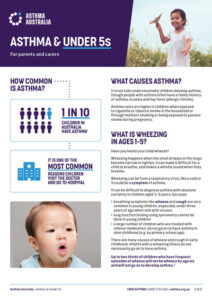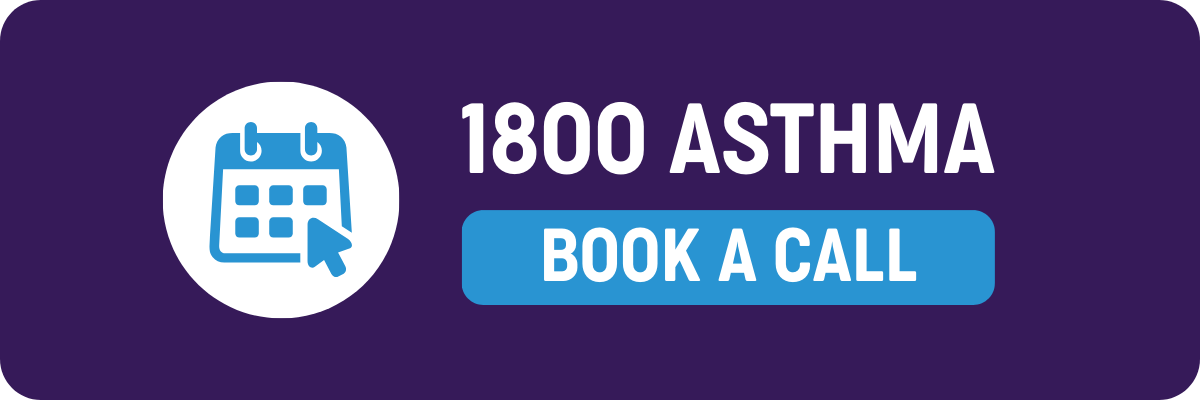Preschool Asthma: Asthma in under 5s
Preschool asthma
For children between 1 – 5 years old who have multiple episodes of wheeze, cough, or difficulty breathing, doctors are unlikely to diagnose asthma straight away. That’s because in this young age group, there are lots of common things that cause the same symptoms. Not all kids with wheeze go on to develop asthma . In fact, about one third of children wheeze by the time they are three years old!
With the right treatment, most kids with asthma will be able to run, play games and lead active lives. In some cases, doctors may trial a blue puffer. This is called a ‘reliever.’ If your child’s symptoms get better after using the reliever, it is a clue that they might have asthma. The blue puffer is not a cure. Symptoms will come back after a few hours after the medicine wears off. If symptoms come back quickly, in less than three hours, it is a sign to take your child back to the doctor immediately.
By the age of six years and up, if these episodes have kept coming back, your doctor is more likely to be able to diagnose it as asthma. At this age, they can also do a lung function test called spirometry.
For more information, read or print our Asthma & Under 5s brochure here.
Wheeze
When your child is very small, it is quite common for them to sometimes have a mild wheeze that is triggered by a virus. Most of the time, this type of wheeze does not need any asthma treatment.
Bronchiolitis
Wheeze in babies under one year old is most likely to be caused by bronchiolitis or small/floppy airways. Bronchiolitis is a common chest infection caused by a virus (often RSV). Babies usually don’t need treatment, just rest and lots of fluids to keep them hydrated They may have a cough for a few weeks after the virus has passed. Go to the doctor if your baby is having trouble breathing, feeding or drinking, or has less wet nappies than usual.
For more information about bronchiolitis, read this factsheet and check out this podcast:
Croup
Another common childhood condition is croup. Croup is also caused by a virus, which makes their windpipe and voice box swell. Croup also has symptoms that sound a lot like asthma, such as a ‘barking’ cough and difficulty breathing. Croup can also cause a symptom called ‘stridor’ which is a high-pitched squeaky sound when breathing in (a bit different to a wheeze). Like asthma, the symptoms of croup are often worse at night.
Mild croup does not need treatment. However, if your child is struggling to breathe, you should call an ambulance straight away. For more information, check out the fact sheet or listen to the podcast below:
Early diagnosis
A wheeze is more likely to be asthma if it’s:
- very frequent
- worse at night or early in the morning
- happening when your child doesn’t have a cold
- worse when your child is exposed to certain triggers
To gather clues for a diagnosis, keep a symptom diary to share with your doctor. Note down how often, how severe and when (daytime, night-time or on play or exercise) symptoms appear; what helped and what didn’t.
![]()
Have questions?
Call us to learn more about asthma and asthma symptoms on 1800 ASTHMA (1800 278 462).
Or, book a FREE phone consult at a time that works for you.








